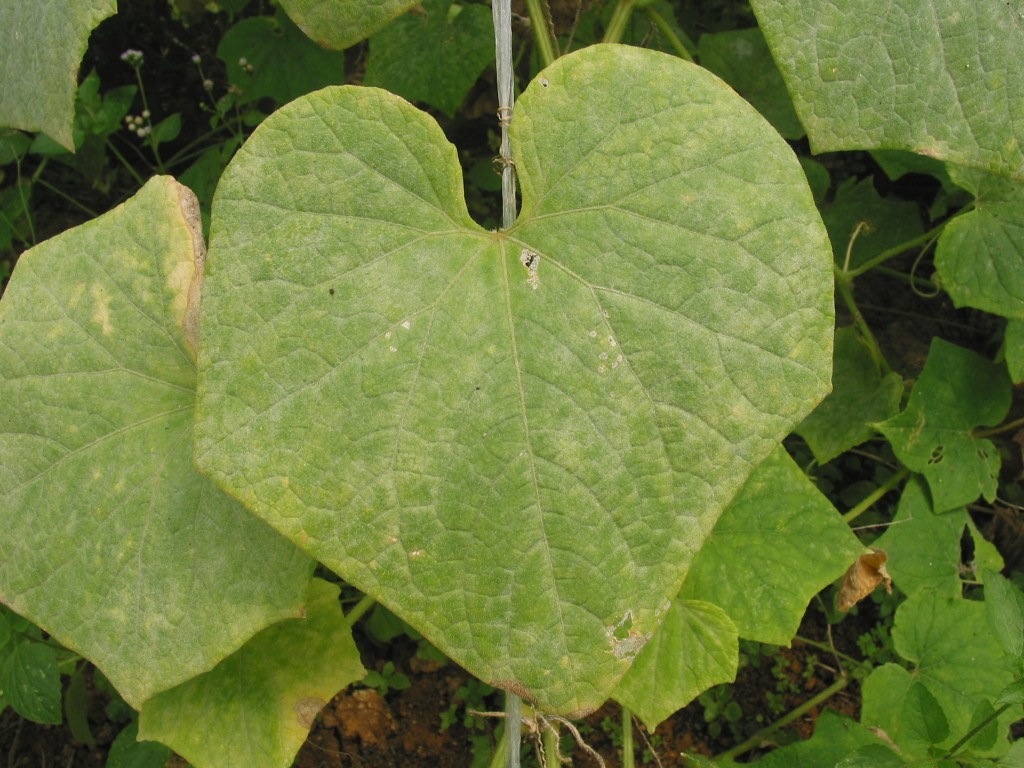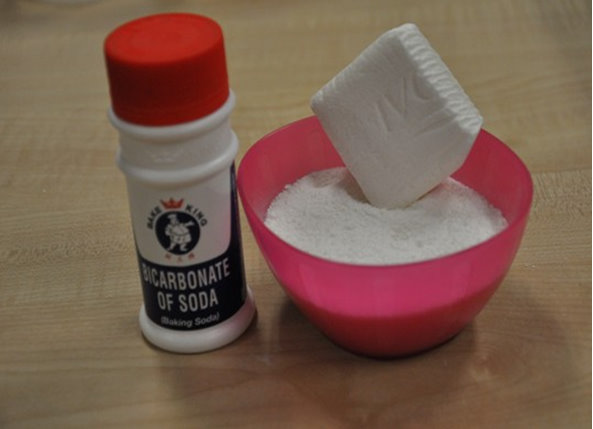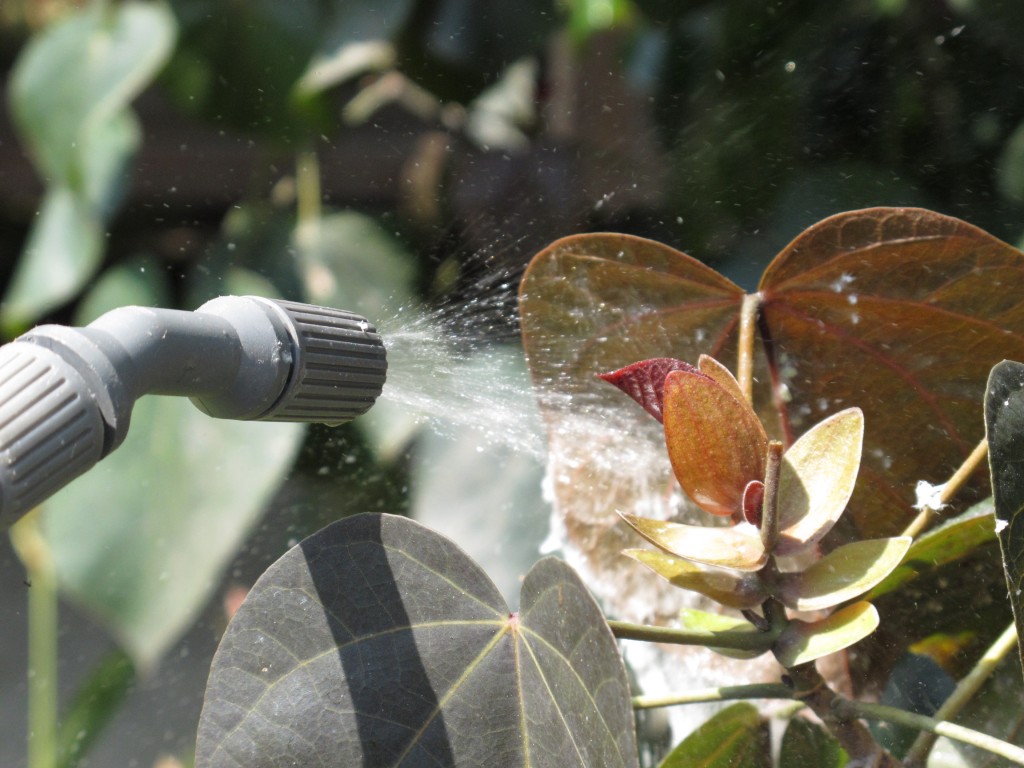Soap: An Environmentally-Friendly Insecticide
Responsible gardeners usually avoid using synthetic chemical pesticides at the first sign of pest infestation. As an environmentally-friendly solution, you can concoct a pesticide using the humble bar of hand soap.
When the use of a strong water jet fails to spray small pest populations away from the affected plants, the next weapon in the arsenal would be to use environmentally-friendly pesticides, such as summer oil or dilute soap solution. These safer insecticides work by covering these pests and suffocating them to death, rather than killing them on contact.
|
Plant Care Tip |
Summer oil and dilute soap solution are effective against common plant pests like aphids, mealy bugs, white flies, spider mites and scale insects. These small pests have straw-like mouthparts, which pierce into plant tissues to suck plant sap as food.
They can also carry diseases, including various incurable plant viruses. Plants can be infected when these sucking pests feed or probe infected plants, then carry them on the mouth parts to the next plant. A key benefit of soap solution over chemical pesticides, is that sucking pests cannot develop resistance against soap solution. Furthermore, plants sprayed with soap solution can be harvested for food, as long as they have been soaked and washed thoroughly with water after harvesting.
Commercial insecticidal soaps are available for sale in most garden centers, but home gardeners can easily concoct a home-made version with the right ingredients.
Just follow these simple steps:
- Choose a mild hand soap that comes in a solid bar, with minimal additives (such as anti-bacterial properties and fragrance).- Do not use liquid hand soap and laundry detergents, as these are too strong and can damage leaves.
- Grate the soap into flakes, using a hand grater.
- Add a level tablespoon of grated soap to four litres of water. You can also add baking soda to this dilute soap solution, which helps to prevent the onset of fungal diseases like powdery and downy mildew during wet weather.
- Using a spray bottle, cover all parts of the plant with the soap solution. Be mindful to spray the undersides of leaves and the growing stem tips, where pests tend to congregate.- You should also spray the solution during the cooler part of the day, such as in the evening.
If in doubt as to whether this is the right solution for your plants, try using a lower concentration of soap solution. You should also start by spraying on a small part of the plant to see if it reacts adversely, e.g. signs of burn marks start appearing on the leaves.
By Charmaine Low
Check out our DIY gardening videos for more helpful tips, such as this one on controlling pests and diseases:

Some common pests that suck sap from our plants: (from left) aphids, spider mites and mealy bugs.

A handy tip is to dissolve the soap flakes in a small amount of hot water, then top it up to the final volume with water at room temperature.

Leaf fungal diseases can be prevented by the use of soap solution with baking soda added.

A simple soap solution pesticide can be made with a level tablespoon of grated hand soap flakes in four litres of water. You can also add a level tablespoonful of baking soda.

A simple spray bottle is all you need for applying the soap solution to your plants.
Have views or comments on this article? Let us know via this form. If you would like to give us feedback on any other areas relating to our parks and gardens, please submit via https://www.nparks.gov.sg/feedback





Lisan 10/25/2012 10:49:14 AM